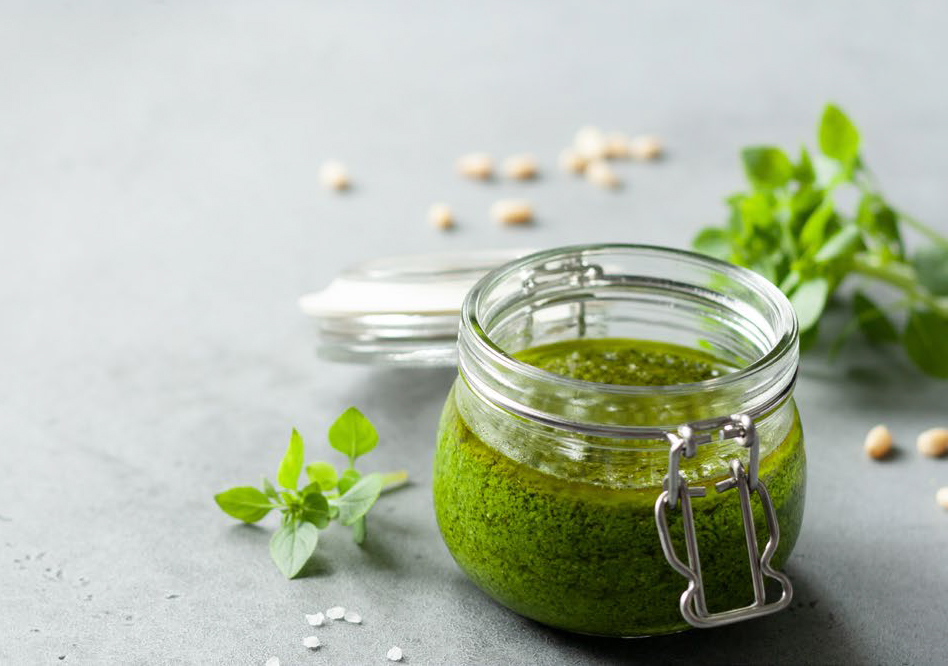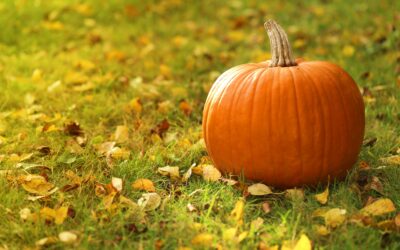by Cara Strickland—
When Gather’s editors reach out to ask me to write a new, semiregular column on faith, food, and cooking, I couldn’t help but think back to my first encounters with the farmers market.
For a long time, I found farmer’s markets intimidating. Even though I’ve been writing about food for many years, I still feel like a newbie cook most of the time. I don’t know all the tricks for how to cook vegetables or what to do with all the fruits. I used to worry that lack of knowledge might be exposed.
Still, I wanted to support local farmers—people who carefully tended crops and sold oddly-shaped tomatoes and butter lettuce that looked like an opening rose. I wanted to learn more.
SAVORING THE SEASON
At the grocery store, it’s easy to think you’re looking at the full range of what exists in the world. The produce displays remain mostly constant, although there is an uptick in citrus during the winter and apples during the fall. However, at the farmer’s market, every week is different—sometimes dramatically so.
When I first ventured to the farmer’s market in the spring, I’d see lots of onions and a few greens. As vegetables and fruits came into season, I would get to buy them only hours after they’d been harvested. As summer unfolded, I’d watch tomatoes show up on farmers’ tables, squash become more abundant, and finally, that brief flash of time when rhubarb is available. I began noticing the difference between a seasonal salad in May and a seasonal salad in September. I began to crave what was naturally growing in the present time.
I kept spotting foods I hadn’t seen before. One farmer told me that the white garlic we see in grocery stores is mostly sold because it is shelf stable for long periods of time. The hard-necked garlics she sold me, streaked with purple and filled with giant cloves, added a punch of flavor. Her market display housed more garlic types than I had ever seen. She told me that there were dozens more. I knew the basic squashes, but suddenly here were squashes in many different colors and shapes. I asked farmers themselves what they tasted like and how to cook them. I was beginning to realize that I needn’t have feared looking silly; most farmers were dying to talk to someone about their beloved produce and to offer a recipe or two.
It’s not that I think we can’t go to the grocery store and exclaim there, too, about the diversity of creation. It’s possible to gush over the curve of a banana, and chuckle as you wonder what God was thinking while creating kiwi. But there is something about seeing just how many things grow around you, tended by hands you now have an opportunity to shake. The same God who created Easter egg radishes and romanesco broccoli created us—with just as much difference in personality and flavor. I believe that honoring all of that biodiversity—in food and in ourselves—can be an act of worshiping our Creator God.
Supporting local farmers matters beyond biodiversity. When we choose to spend ethically (as we are able), we help along growers who are finding ways to be good stewards of the creation set in front of them. One little purchase can seem like a small thing, yet the ripples can be great.
Cara Strickland writes about food, faith and life from the Pacific Northwest. Read more of her work at carastrickland.com.
This article is excerpted from the July/August 2020 issue of Gather magazine. To read more like it, subscribe to Gather.
Seen. Heard. Welcomed.
Do you ever go to church hoping you have enough snacks and “stuff” to keep your child quiet and...
Redeeming grace
Coupons, rainchecks and rebates were my dad’s way of saving money on groceries and other household...
Holding to God’s promise
When my husband, Joe, and I moved into our first house In May 2014, we spied squash vines growing...





